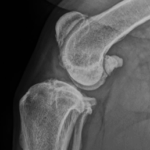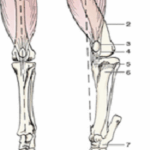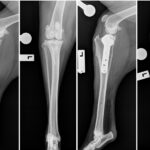The Benefits of Sterilising Part 2
The benefits of sterilizing male dogs are a lot less clear cut than females. It has been shown that males castrated at a young age will have a very similar life expectancy to entire males. They will however be prone to a few problems.
The main benefit of castration is behavioural. Castration is likely to reduce aggression as well as wandering tendancies in a dog. The benefits of this are most pronounced if the dog is castrated prior to sexual maturity. A castrated male will often be less affected by stress than an entire dog.
The medical reasons for castration relate to testicular and prostate problems. Obviously, if a dog is castrated it can never get testicular cancer. This is especially important for dogs that have undescended testicles, as these testicles are around eight times more likely to become cancerous, so should always be removed.
Dogs, just like people, are prone to prostate enlargement as they age. This can lead to problems urinating or defaecating, as well as prostatitis. The prostate gland is very testosterone responsive, so generally castration will help treat these conditions, but early castration can prevent them from occurring in the first place. Castration has no effect on the risk of prostate cancer in dogs.
The main downside of castrating dogs is the risk of obesity. Testosterone drives metabolic rate, so castration leads to a lower metabolic rate. This can easily be prevented with reducing the calorie intake or using specifically designed foods.
In large breed dogs such as Great Danes, there is a very weak link between castration and bone tumours. The risk from this is small, but it is often worth waiting until these large breed dogs are 10-12 months old before castrating them.
The majority of dogs tend to have fewer health and behavioural issues if castrated young, but we would encourage you to discuss your own pet with your vet to determine what is best for them.



